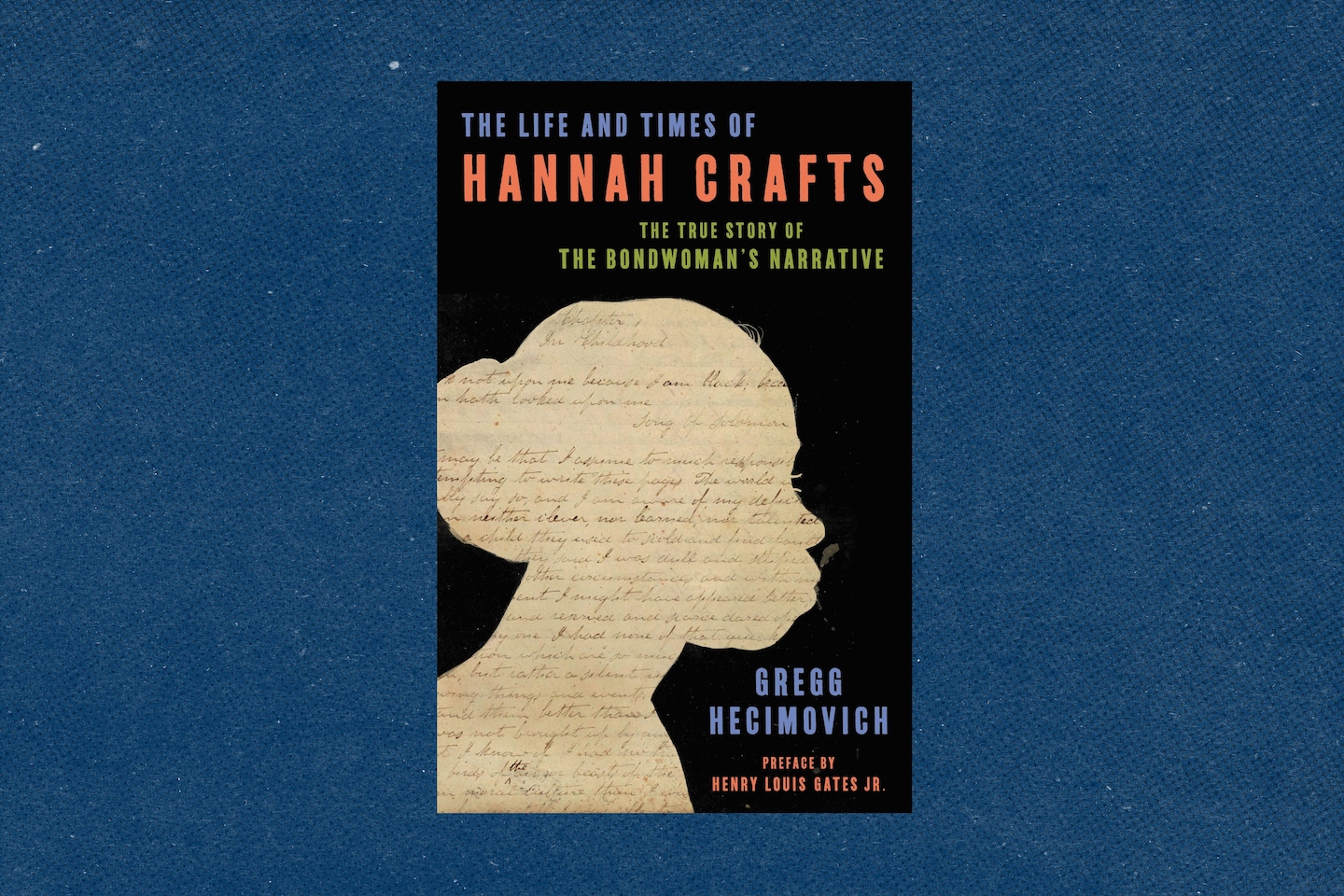Probably the most significant moment in my literary life — indeed, one of the most significant moments in my life — is the time my first-grade teacher introduced me to the poet Phillis Wheatley. I was living in Bountiful, Utah, and I was an inveterate reader. I had never read a book by a Black person before; though no one had ever told me as much, I had come to believe that Black people simply didn’t produce literature. There was certainly nothing in my environment to disabuse me of this notion — apart from my Nigerian immigrant parents, I was surrounded by Whiteness. I can still remember the surge of emotion I felt as my teacher described how Wheatley had been born in slavery in the 18th century and somehow managed to learn to read, and then, eventually, wrote poetry about her life that was admired by the leading artists and statesmen of her day, including George Washington.
In the years following Wheatley’s literary triumphs, a few other African American women wrote books that chronicled their lives and struggles, including Harriet Wilson (whose “Our Nig” was published in 1859) and Harriet Jacobs (whose “Incidents in the Life of a Slave Girl” was published in 1861). Gregg Hecimovich’s latest book, “The Life and Times of Hannah Crafts: The True Story of The Bondwoman’s Narrative,” is the riveting story of Crafts, a Black woman who wrote a novel based on her life in the same era as Wilson and Jacobs, and the circuitous path her novel took to publication, long after her death. It is also an engrossing account of Hecimovich’s efforts to verify Crafts’s authorship of her novel and the startling details he uncovers along the way.
Hecimovich’s book begins with an introduction by the professor and literary scholar Henry Louis Gates Jr., who played an essential role in the publication of Crafts’s novel. In 2001, Gates — who also rediscovered “Our Nig” in 1982 — purchased an unheralded novel of unknown authorship at an auction for $8,500. Over the next several months Gates conducted extensive research to determine its provenance and verified that the novel was authentic and had probably been written by a Black person before 1860, though its authorship remained a mystery. Gates edited and wrote an introduction to the novel, titled “The Bondwoman’s Narrative,” which was published to wide acclaim and robust sales in 2002.
In 2013, Hecimovich, then a professor at Winthrop University, announced that he had determined that the author of “The Bondwoman’s Narrative” was a woman named Hannah Bond, and “Hannah Crafts” was her pen name (she later adopted the name as her own). Hecimovich spent the following decade meticulously researching Crafts’s life and how she came to write the novel that would earn her posthumous recognition.
Hecimovich, now at Furman University, draws readers close with often riveting passages. He introduces us to Crafts in a dramatic and breathtaking scene — Crafts, dressed as a man, is on the run from bounty hunters who have been hired by her enslaver, John Hill Wheeler. She reaches a stop on the Underground Railroad on the grounds of New York Central College, but soon after she arrives, she is informed that the bounty hunters are closing in on her. She is taken to a farm owned by a Quaker named Horace Craft — she would later take his last name — and settles into his attic. “Two days later,” Hecimovich writes, “she removed a manuscript from her valise. Her sweat mixed with ink as she returned her attention to her work.”
Hecimovich’s book is filled to the brim with similarly vivid scenes and anecdotes about Craft’s drive to document her story, and his tireless efforts to discover Craft’s identity and reconstruct her trajectory. He also explains how Crafts learned to read, introduces us to five enslaved women whose stories she incorporated into her book and demonstrates how Craft was inspired by the popular literature of her day. The resulting story is an inspired amalgam of genres — part thriller, part mystery and part biography. What emerges is a tale of a woman who was determined to be the protagonist of her story, regardless of what her society had in store for her.
“The Life and Times of Hannah Craft” is, in the end, a tale about overcoming insurmountable odds. As Hecimovich demonstrates, Craft surmounted tremendous barriers to write her novel, and her manuscript somehow survived into the 21st century. Hecimovich himself routinely overcomes difficult circumstances in his quest to tell her story. We live in our own treacherous moment for literature, as powerful ideologues target books that don’t align with their personal values, but books like Hecimovich’s are a vital resource for readers who wish to engage with themselves and the wider world.
Tope Folarin is the author of the novel “A Particular Kind of Black Man” and the executive director of the Institute for Policy Studies.
The Life and Times of Hannah Crafts
The True Story of The Bondwoman’s Narrative
By Gregg Hecimovich
Ecco. 430 pp. $40
